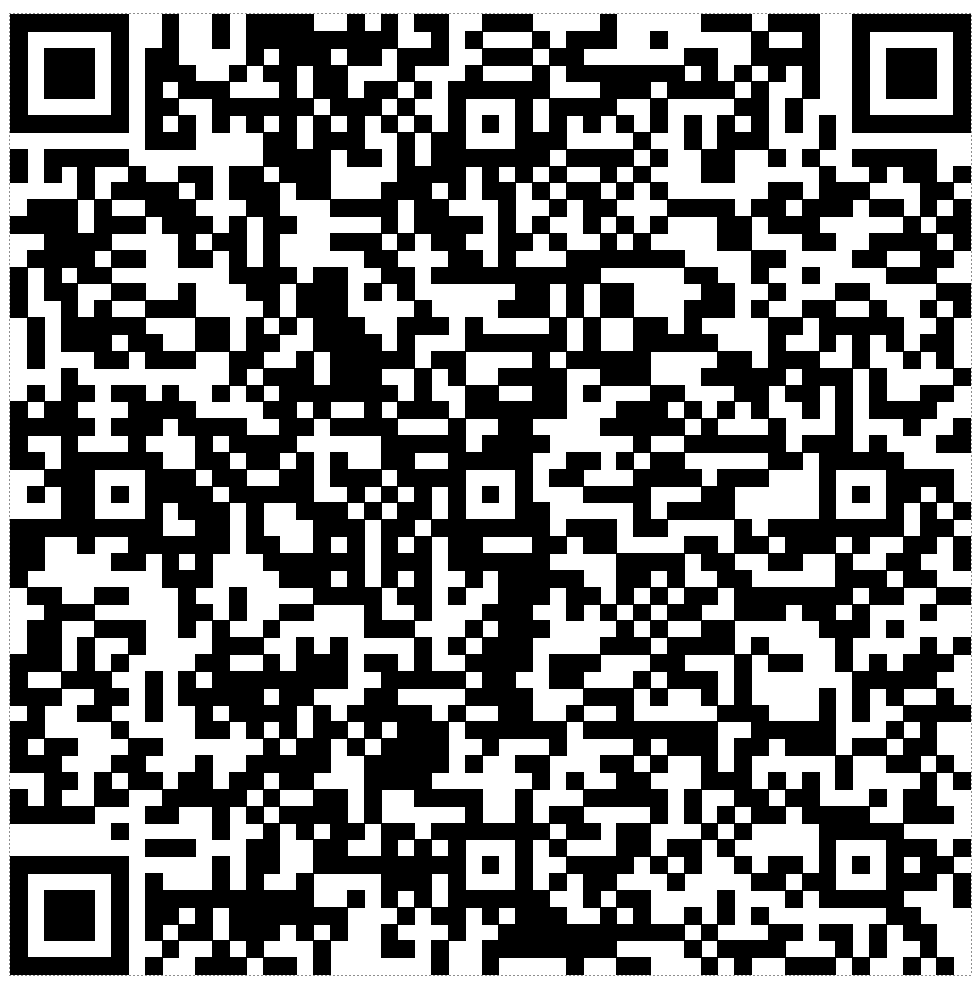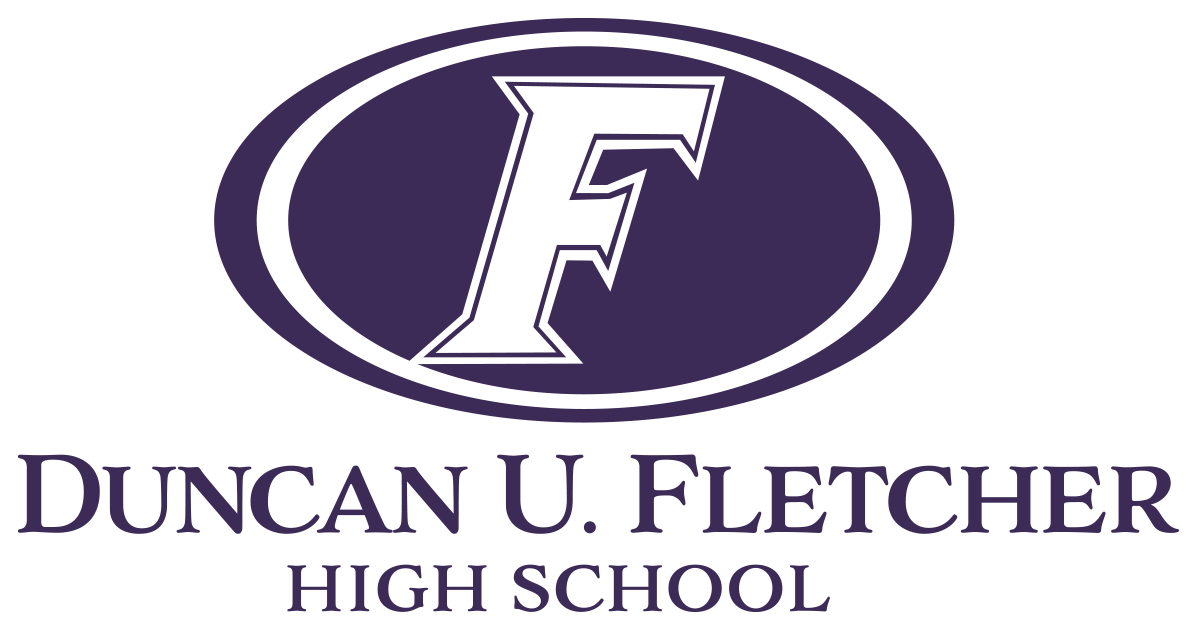
FHS Summer Assignments 24-25 School Year
All Senators -
Click here to go to Teams for all summer assignments.
You may follow the QR code to the Team for summer assignments in all subjects. Please see summer reading for English classes below and assignments online.

Any plagiarism, from Internet sites, other students, or ANY other resources will result in a zero on the assignment. This includes the use of AI. No additional assignment shall be given.
If you have questions, please reach out to Ms. Westberry or Ms. Riley.
9th Grade ELA | 10th Grade ELA | 11th Grade ELA | 12th Grade ELA |
|---|---|---|---|
|
|
|
|
AICE Lit SR | AP Lit SR |
|---|---|
How to Read Literature Like a Professor
Pride and Prejudice by Jane Austen
Click this for a link to the text on Amazon.
| Assigned Text: How to Read Literature Like a Professor by Thomas C. Foster **This text is aligned with the AP Literature & Composition Course **Please use this link for College Board objectives and standards for this course How to Read Literature Like a Professor
• Click this for a link to the text on Amazon.
|
AICE Lang JR | AICE GP |
|---|---|
Sweat by Lynn Nottage *This play is on the Cambridge AICE Course Syllabus. The play will be on the AICE Literature Exam. THE JOURNALS: Read through the entire assignment so that you understand each part of the assignment before you begin. 1. Complete journals as you read. Since the assignment requires a close reading of the text, the information you must collect cannot be found in movies, plot summaries, or SparkNotes. USE OF THESE AIDS IS NOT ALLOWED. 2. THERE IS NO NEED TO COMPLETE THE JOURNALS IN ORDER. Journal #2, for example, will probably not be the first you complete. Since the symbol you choose must be important to the overall work, this journal should probably be one of the last you complete. You may find a striking image in the beginning of the play and complete journal #5 first. 3. Journals must be typed. 4. Make sure you title each journal. However, journals do not need to be on separate pages. 5. Cite act and page numbers for the text in each journal. 6. Journals must cover the entire span of the play. 7. For journals with word counts, the text that you cite should NOT comprise the majority of the journal. Your response to the text is what we want to see. Prepare your journals as follows: Journal #1: VISUAL SYMBOL/MOTIF. Find a visual symbol/motif important to the work. Explain the symbol and explain why you think the author chose to use that symbol/motif and explain its significance to the overall work. Be sure to cite at least three instances in the text where this symbol/motif appears. (100-150 words) Journal #2: SETTING. Identify at least 5 phrases or descriptions that identify the setting of the play. They may describe time, place, region, or atmosphere. Use bulleted phrases and cite the page number. Then, explain how the text you have cited creates the setting(s) you’ve identified. (100-150 words) Journals #3, #4, and #5 (3 journals): STRIKING IMAGES, IDEAS, EVENTS, OBJECTS, PHRASES, WORDS. From the work, choose three items that seem significant or striking – for example, an image, an event, an idea, an object or thing, a phrase, a word. For each, state the context of the item (what it refers to) and why you think it is significant. (Example: “paper-mache Mephistopheles” (p 23) –refers to the bricklayer who never lays any bricks; Marlow describes him as empty and shallow—the devil’s agent, representing the evils of imperialism.) You must do three (3) journals. Each of which must be 100-150 words. Each journal must address a separate image, idea, event, object, phrase, word. Journal #6: FIGURES OF SPEECH. Find three examples of figures of speech in the play (metaphor, simile, personification, onomatopoeia, oxymoron, irony, hyperbole, symbol, allusion) (A) Record the example and cite the page number, (B) identify the technique, (C) explain its meaning in context of the play. The explanations should each be a minimum of 50 words, for a total of 150 words minimum. Journal #7: STRUCTURE. Explain how the work is put together (the architecture of the work) and what effect this structure has on the work as a whole. Think acts, scenes, stage directions, etc. (100-150 words). Journals #8, #9, and #10 (3 journals): KEY PASSAGES. Find three (3) key textual references (phrase, sentence, paragraph, excerpt) that you find significant. Copy the passage correctly (quotation marks, cite page number) and explain the significance of the passage to the play as a whole. Make sure to represent the beginning, middle, and end of the book (example: “he had the pose of a Buddha” (p.4) – allusion. The allusion describes Marlow’s sitting position and even his trance-like state while he is telling his story. It also identifies him as someone unusual and different from the rest of the crew.). (100-150 words for each journal). Journal #11: PERSONAL RESPONSE. Write about your impression of the play after you have completed the reading and the journals. Consider your emotional reaction, positive and negative factors, connections to your own interests and experiences. DO NOT SIMPLY GIVE A THUMBS-UP, THUMBS-DOWN RECOMMENDATION! (100-150 words) ***This assignment will be collected during the first week of class. ***If you have questions over the summer, you may email Ms. Bernstein – sarvisp@duvalschools.org ***You will also need to make sure you save a copy of these journals, as you will be required to submit them to turnitin before they will be scored. You will submit the document the evening of the first day of class. ***Please also be prepared for a reading quiz on the text during the first week! ***Please be aware of the following: 1. Any plagiarism, from Internet sites, other students, or ANY other resources will result in a zero on the assignment. This includes the use of AI. No additional assignment shall be given. 2. You must turn in a paper copy of this assignment the first week of school (the date will be given on the first day of class). 3. You will not receive credit for your assignment unless it is submitted to Turnitin. 4. There should be no revisions of your journals- the paper copy you turn in should be identical to the copy you submit to Turnitin. | 1. Fahrenheit 451 by Ray Bradbury *This novel is on the BEST list for the state of Florida. (Page 122 of this document: ELA B.E.S.T. STANDARDS: ENGLISH LANGUAGE ARTS) 2. Two articles of your choice (MUST be related to a General-Paper topic) You may email Mrs. Strickland at stricklanh@duvalschools.org with questions over the summer. Please remember that email is checked less frequently during summer break. ☺ THE NOVEL (FAHRENHEIT 451): •If you lose your copy of this assignment, please print out another copy from the Fletcher AICE Website or email me for the file. •Be prepared for a multiple-choice comprehension quiz in the first week of school. •It is expected that you will take notes on the following as you read. (You may take other notes as well.) Use one sheet of paper for each topic as you find evidence of that topic in the novel. Each example MUST be cited using MLA formatting. THESE NOTES WILL BE CHECKED THE SECOND CLASS DAY!
An entry may look like this: Knowledge/Ignorance/Power Montag says “It shocked me to see Mrs. Phelps cry. Maybe they’re right, maybe it’s best not to face things, to run, have fun. I don’t know” (77) Articles:
General Paper Topics 1 Economic, historical, moral, political and social Suggested areas to explore:
2 Science, including its history, philosophy, ethics, general principles and applications; environmental issues; technology and mathematics Suggested areas to explore:
3 Literature, language, the arts, crafts, and the media Suggested areas to explore:
|
